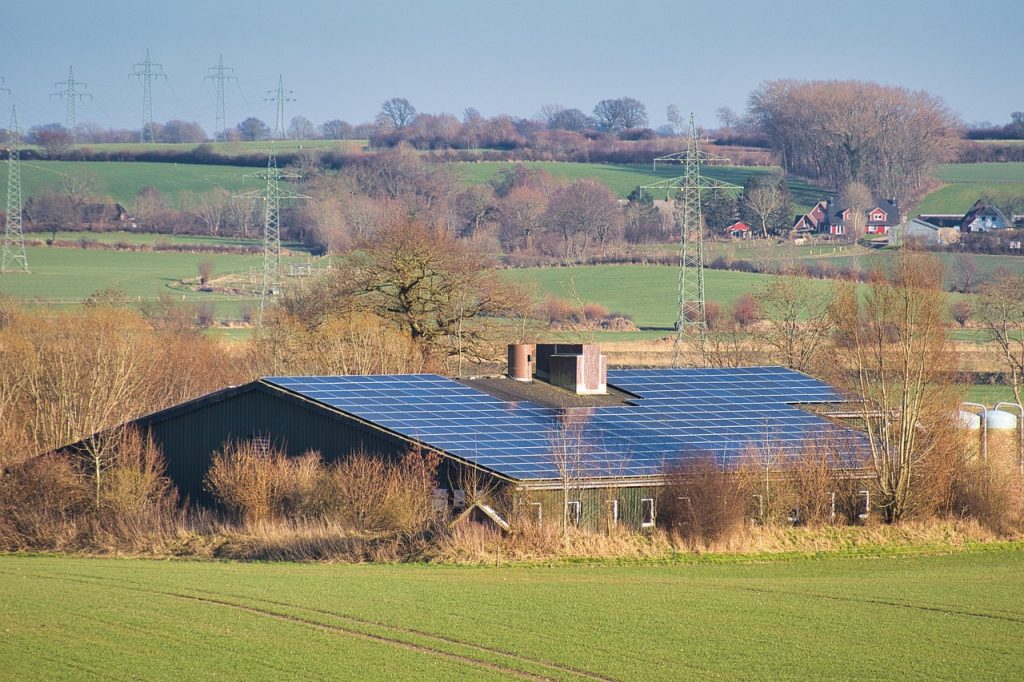
As utility prices rise and sustainability becomes a household priority, more Americans are turning to solar energy. But how do solar panels actually work? And which panel types are best suited for different parts of the country—from sunny Arizona to rainy Seattle? This article walks through the basics of solar technology and the best choices for U.S. homeowners.
The Science: Turning Sunlight into Electricity
Solar panels generate electricity through the photovoltaic (PV) effect:
- When sunlight hits a solar panel, energy from the light particles (photons) dislodges electrons in the silicon-based cells.
- This movement creates direct current (DC) electricity.
- A solar inverter converts DC to alternating current (AC), which your household appliances use.
This process is clean, quiet, and generates no emissions—making it a powerful tool in the shift toward renewable energy.
Sunlight in the U.S.: Diverse, but Promising
The United States has one of the most diverse solar landscapes in the world:
- Southwest states (California, Arizona, Nevada) get over 3,000 hours of sunshine annually—perfect for high-efficiency panels.
- Northeast and Midwest regions see fewer sunny days, but still receive enough sunlight for profitable solar returns with the right technology.
- Even cloudy or snowy regions like Oregon or upstate New York benefit from solar, as panels still produce electricity during indirect sunlight.
Best Solar Panel Materials for Different U.S. Climates
Due to the variety of climate conditions, the best choice of panel depends on where you live:
Monocrystalline Panels
- Best for high heat and strong sun, e.g., in California, Texas, Florida.
- More efficient in small spaces—great for urban homes or tight rooftops.
Polycrystalline Panels
- Slightly less efficient but lower cost.
- Good for larger roof areas in rural parts of Midwest or South.
Bifacial and PERC Panels
- These cutting-edge models absorb sunlight from both sides or enhance low-light performance.
- Ideal for snow-prone areas or northern states, like Minnesota or Massachusetts.
Glass-Glass Panels
- Offer higher durability and are well-suited for coastal regions (e.g., Florida, Carolinas) where humidity, salt, or storms are frequent.
Electricity Output and Cost Savings in the U.S.
A typical 6kW residential system in the U.S. can produce 7,000–10,000 kWh/year, depending on location. That can mean $800 to $2,000 in annual savings on electricity bills.
Incentives vary by state, but key programs include:
- Federal Solar Tax Credit (ITC): Up to 30% off installation cost.
- State rebates in places like New York, New Jersey, and California.
- Net metering, which allows homeowners to sell excess energy back to the grid.
Smart Choices for a Big Country
Solar panels are a smart long-term investment for most American homeowners, but success depends on choosing the right panel type for your region’s climate and roof structure. Whether you live in the sun-drenched Southwest or the cloudy Pacific Northwest, modern solar technology has advanced enough to make solar a viable option in nearly every U.S. state.
Evaluate your location, compare panel warranties and performance, and talk to local installers who understand your area’s needs. Clean energy—and long-term savings—may be right on your roof.